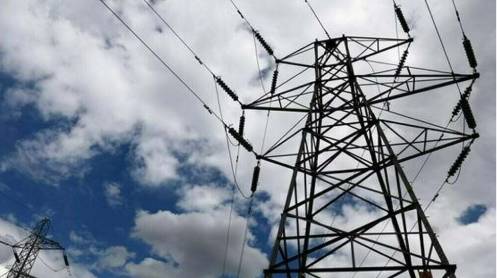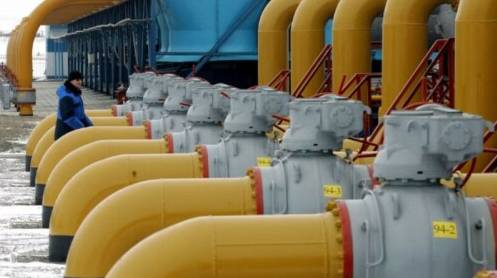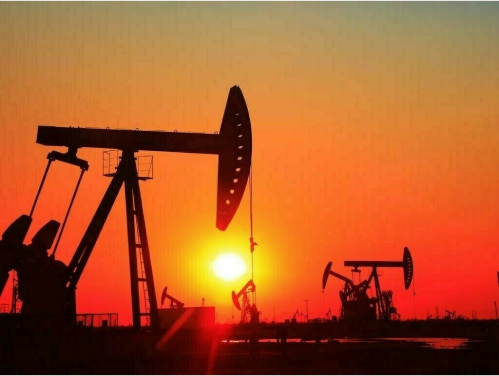- Chinese power projects under the CPEC initiative have left Pakistan with significant debt and high electricity costs, despite the country’s ongoing power shortages.
- The discovery of massive oil and gas reserves in Pakistan’s territorial waters offers a potential solution to the country’s energy crisis, but security concerns and lack of foreign investment hinder exploration efforts.
- Pakistan’s reliance on foreign aid and the persistent threat of terrorism highlight the country’s economic instability and the challenges it faces in achieving energy independence.
- Back in 2013, China and Pakistan officially launched China-Pakistan Economic Corridor (CPEC), a partnership between the two countries that focuses on economic cooperation, trade, and infrastructure. CPEC was hailed as a “game changer” for Pakistan’s economy, with most investments targeting the power sector in a bid to address the country’s surging electricity demand. Under CPEC, China pumped $62 billion into the Pakistan economy, with nearly $35 billion funding 21 power projects, most of them coal-fired, with a capacity to generate 6,000 MW to Pakistan’s national grid. According to the Economic Survey (2023-24), Pakistan’s power production capacity stands at 42,131 MW – almost double its domestic electricity demand.
- Unfortunately, these projects have burdened Pakistan with huge debt thanks to exorbitant fees paid to Chinese independent power producers (IPPs) by the Pakistan government. At the heart of the matter are the high “capacity payments” mandated by Power Purchase Agreements (PPAs), which obligate the Pakistan government to pay IPPs regardless of electricity consumption or even production. Many Chinese IPPs reportedly enjoy 27%-34% returns on equity guaranteed by the government, far exceeding the 1994 policy’s 15-18 percent rate. Currently, the Pakistan government pays more in capacity payments to the Sahiwal coal power plant than it paid to all of the IPPs combined in 2002..
- CPEC power projects have burdened Pakistan with unsustainable loans and high electricity costs. Yet, Pakistan is the only South Asian country facing chronic power shortages, with load-shedding rampant even in cities like Karachi. According to AidData, Pakistan’s debt exposure to Beijing for the period from 2000-2021 clocked in at $67.2 billion, with CPEC having added almost $26 billion to Pakistan’s government debt. Yet, the repeated calls by Islamabad to Beijing to restructure its $15 billion energy debt have gone unheeded.
- Pakistan Discovers Massive Offfshore Oil And Gas Reserves
- Thankfully, Pakistan might be able to cut its energy costs–if it can get its act together. Last year, a long exploration effort led to the reportedly massive discovery of oil and gas reserves in Pakistan’s territorial waters, a cache so large that it is said it could change the economic trajectory of the beleaguered country.
- According to DawnNewsTV, the three-year survey was undertaken to verify the presence of the oil and gas reserves. “If this is a gas reserve, it can replace LNG imports and if these are oil reserves, we can substitute imported oil,’’ former Ogra (Oil and Gas Regulatory Authority) member Muhammad Arif told DawnTv.
- However, Arif has cautioned that it would take years before the country could be able to exploit its newfound fossil fuel resources, adding that exploration alone required a hefty investment of around $5 billion and it might take four to five years to extract reserves from an offshore location.
- Pakistan covers 29% of gas, 85% of oil, 50% of liquefied petroleum gas (LPG), and 20% of coal requirements through imports, according to the Economic Times. Pakistan’s total energy import bill in 2023 clocked in at $17.5 billion, a figure projected to rise to $31 billion in seven years, as per an Express Tribune report. The new discovery is no doubt a big boon for the struggling economy.
- Since 2021, Pakistan has been hit with mounting debt and skyrocketing inflation, with inflation hitting nearly 30%. Meanwhile, the economy only expanded 2.4% in 2023, missing the 3.5% target. This has forced the country to rely heavily on foreign aid, which is often elusive. In January this year, Pakistan sought $30 billion for gas production to cut its fuel import bill.
- According to Pakistan’s Energy Minister Mohammad Ali, Pakistan has 235 trillion cubic feet (tcf) of gas reserves, and an investment of $25 billion to $30 billion would be enough to extract 10% of those reserves over the next decade to reverse the current declining gas production and replace the import of energy.
- The persistently high inflation could push Pakistan over the edge, “There is no precedent in Pakistan’s history of such a long and intense spell of inflation gripping the country,” columnist Khurram Husain has written in Dawn.
- So why is no one rushing to Pakistan to drill?
Is Pakistan’s Energy Sector a Ticking Time Bomb?





